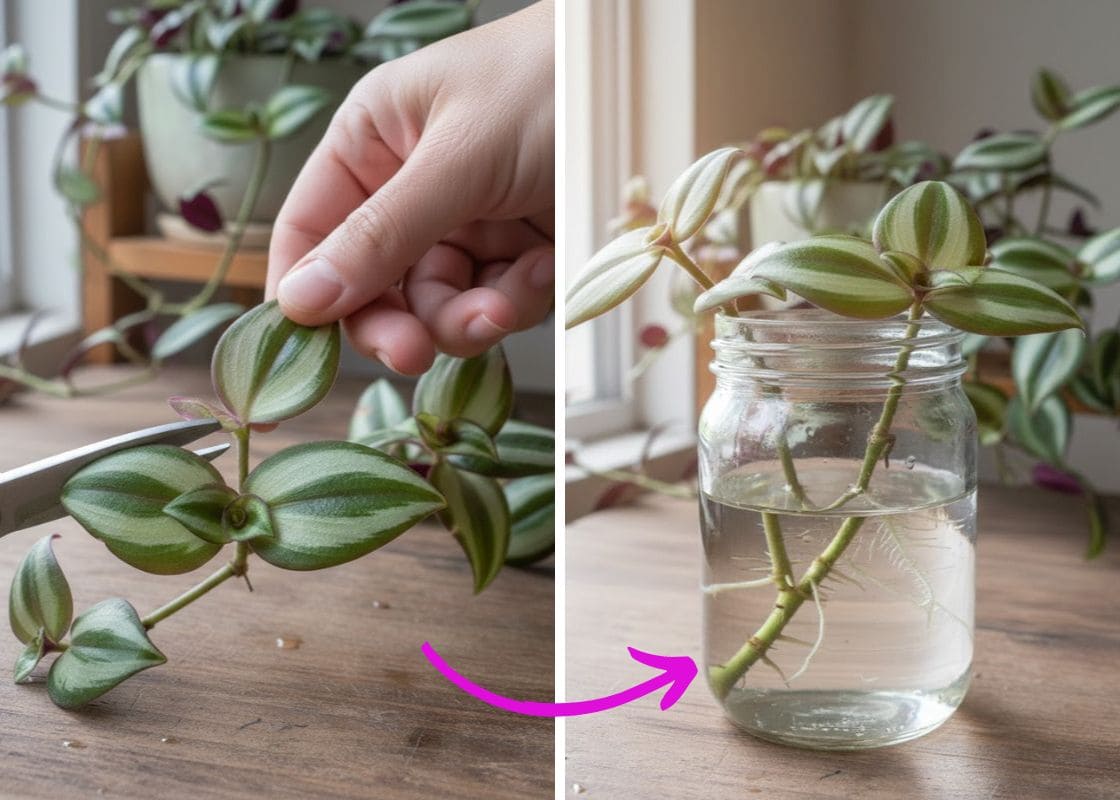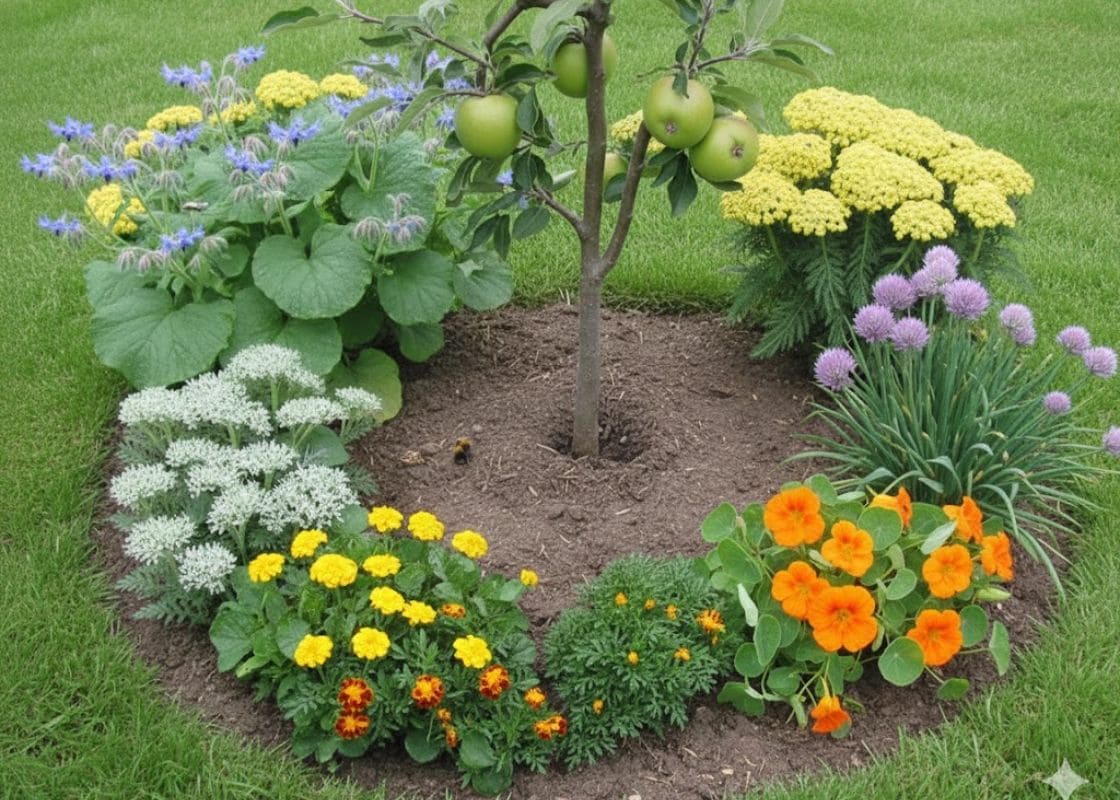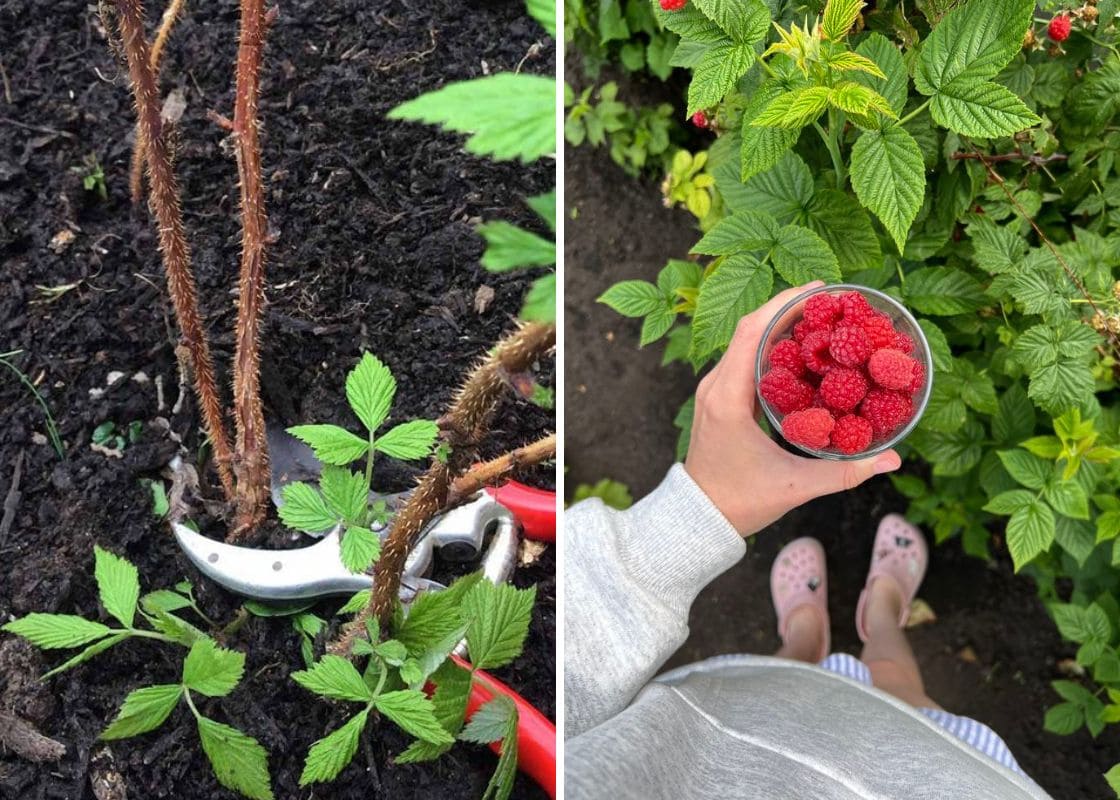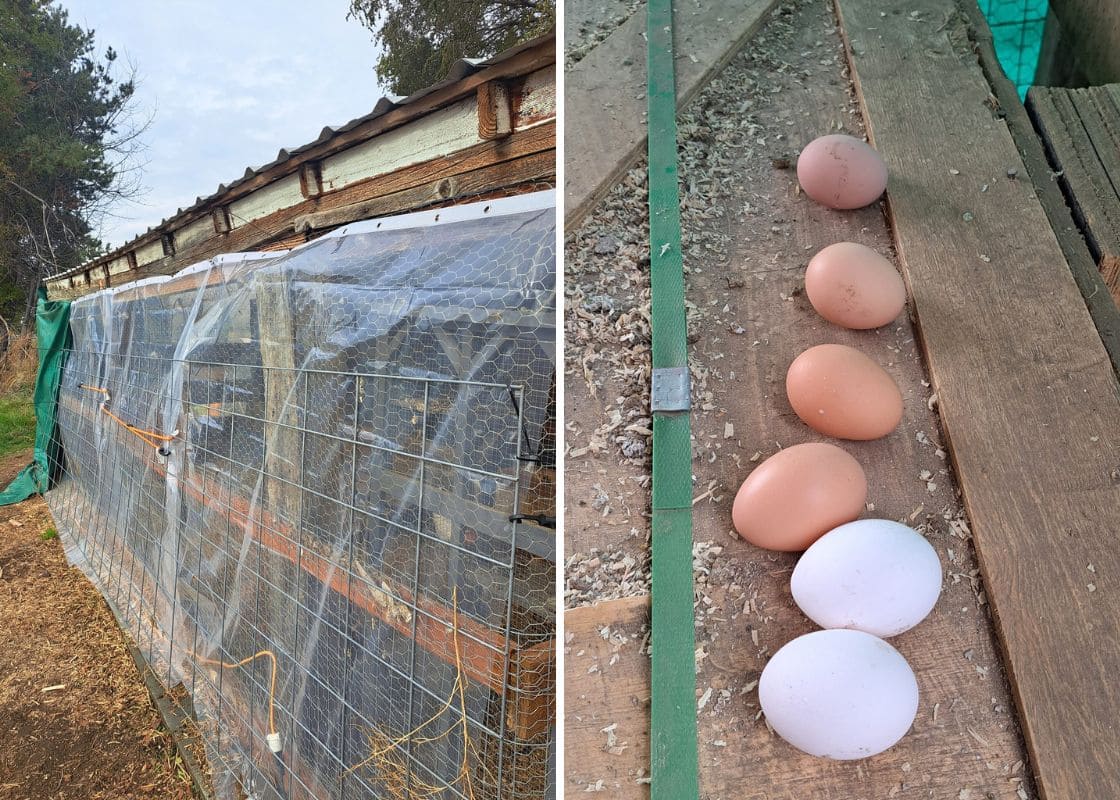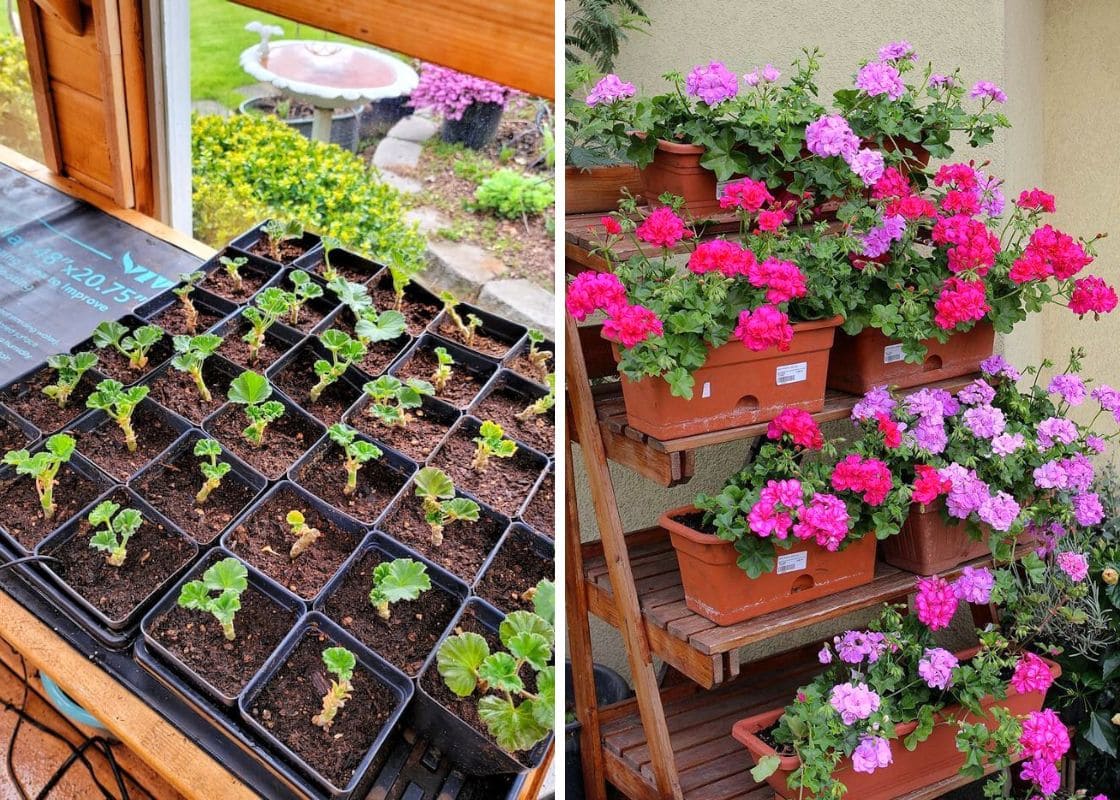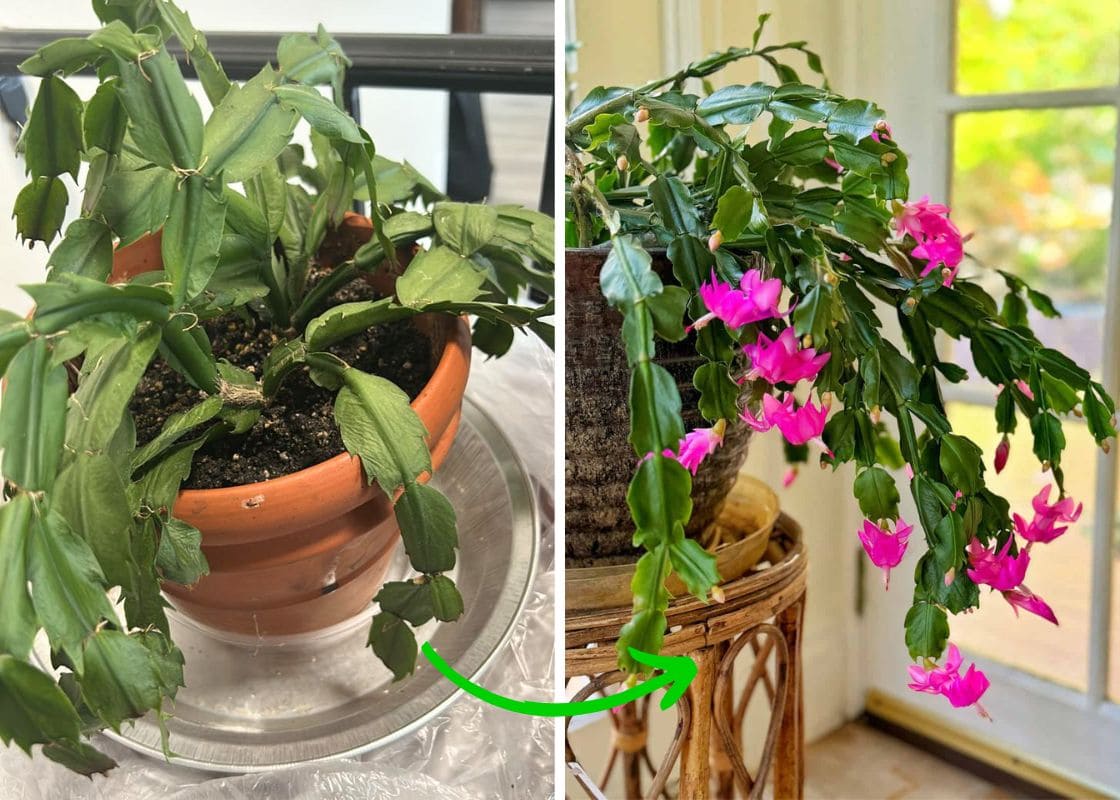Lavender has this special place in the garden, a soft, fragrant breeze, silvery leaves that shimmer in the sun, and blooms that feel like summer in full swing.
But when it starts to look lifeless, it’s honestly heartbreaking. Wilting stems, color fading, flowers never blooming, it’s easy to think the plant is beyond saving.
However, most lavender can be revived if you catch the signs in time and make a few important changes.
This plant may seem delicate, but once you understand what it likes, it becomes one of the easiest low-maintenance additions to your garden. So if your lavender looks like it’s fading fast, don’t give up just yet.
1. Notice the Early Signs Before It’s Too Late
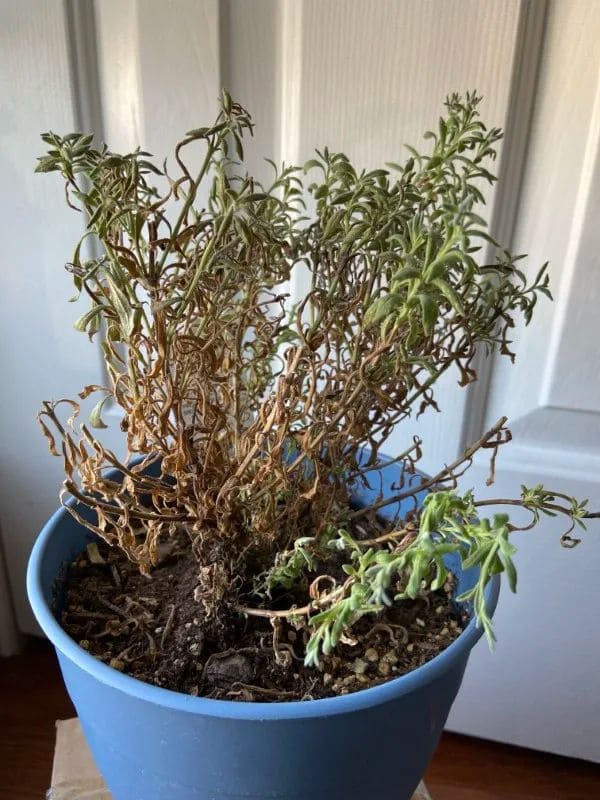
Lavender rarely collapses overnight. It whispers its discomfort before it screams. Maybe the leaves are turning pale and crispy around the edges, or the whole plant looks droopy even when you’ve just watered it.
You might spot soft, blackened stems at the base or a musty, rotting smell from the soil. Other times, buds form but dry up or fall off before they even get the chance to bloom.
All of these are your plant’s way of asking for help. And if the lower parts of the stems feel mushy or hollow, it’s often a sign that the roots are in trouble.
2. Investigate the Root of the Problem
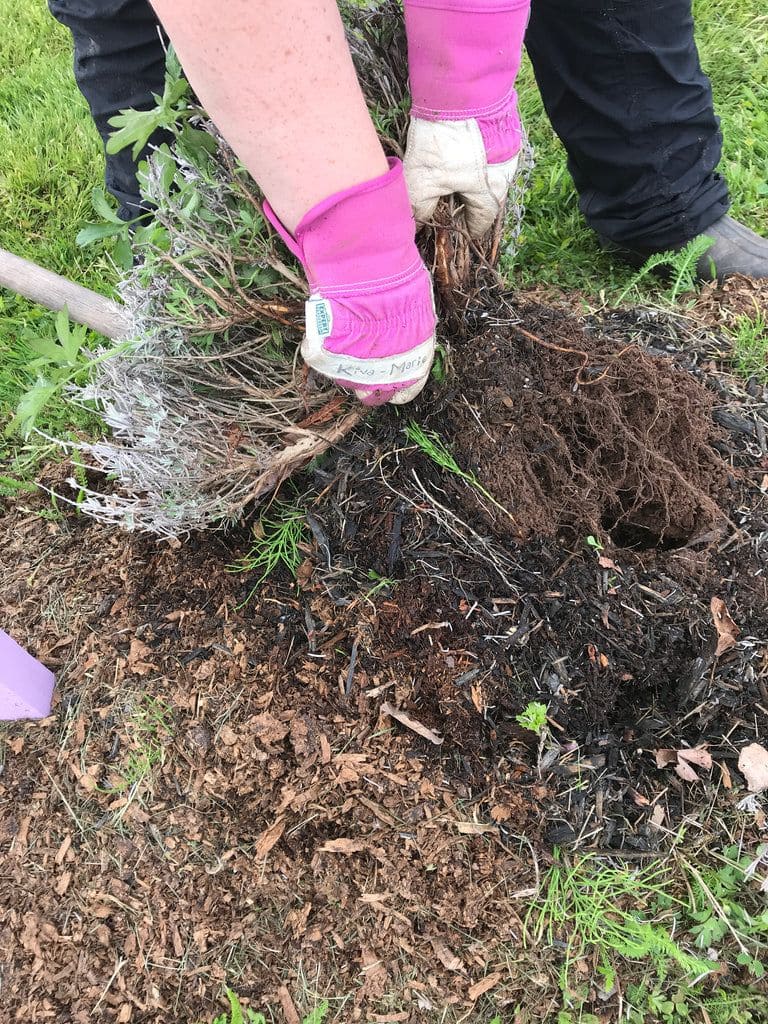
Lavender is deeply picky about moisture. It needs its soil to dry out completely between waterings. Even if you’re not watering often, heavy or compacted soil that holds onto water can spell disaster.
The best way to find out what’s going on is to gently lift the plant from its pot or garden bed. Take a look at the roots. If they’re white and firm, that’s a good sign.
But if they’re mushy, black, or smell off, you’re likely dealing with root rot. You’ll need to trim away the damaged roots and replant in a drier, well-drained mix, something gritty with sand or gravel works beautifully.
3. Give Your Lavender a New Home

If your plant’s current spot is shady, damp, or tightly packed with other plants, it’s time for a change.
Lavender needs space, airflow, and sunlight, at least six hours of full sun every single day. Raised beds, sloped areas, or even containers with plenty of drainage holes are all good options.
When repotting, don’t just shift it from one soggy hole to another. Use a potting mix designed for Mediterranean plants or cactus—something light, airy, and quick-draining.
You also need to avoid anything peat-heavy or packed with moisture-retaining ingredients.
4. Prune Back What Can’t Be Saved
One of the best things you can do is clean up the plant. Cut away anything that’s dead, blackened, or brittle.
You need to focus on trimming back to the green, flexible parts of the stem. This not only makes it look tidier, but it tells the plant where to focus its energy.
If your lavender has gone mostly woody, don’t cut into the bare wood too harshly. Instead, target the younger growth.
Pruning is like resetting its compass and many times, you’ll see new shoots appear from those trimmed areas within a few weeks.
See more: How to Prune Lavender Like a Pro for Endless Blooms and a Healthy Return
5. Water Wisely and With Intention
Lavender isn’t a “schedule” plant. It needs to be watered only when the soil is bone dry. Stick your finger into the dirt if you feel any moisture an inch or two below the surface, wait.
When you do water, make it count. Soak the base of the plant deeply, then let it dry out fully before coming back with the hose.
Overhead watering can also contribute to mildew and fungal issues. You try to water near the roots, and avoid wetting the leaves.
6. Hold Off on the Fertilizer for Now
It’s tempting to feed a plant when it looks sick, but lavender doesn’t want rich soil. Too much fertilizer can push out weak, leggy growth and prevent it from flowering.
If you’ve just replanted or pruned your lavender, give it time to settle in. Let it show signs of new growth before considering any feeding and when you do, go easy.
A diluted liquid seaweed feed once a month is more than enough.
7. Be Patient
Even when you’ve done everything right, lavender takes its sweet time. You might not see visible improvement for a few weeks, especially if it’s early or late in the season.
But if you spot tiny new leaves, a stronger scent, or plumper stems, those are all great signs it’s on the mend.

And if only one or two branches survive, don’t be discouraged.
You can take cuttings from those healthy stems and start new plants. Lavender propagates easily, and sometimes, a dying plant gives you the gift of more.
8. A Few Extra Notes That Can Make a Big Difference
Skip bark or compost, which hold moisture. Instead, try gravel or small stones around the base. Not only does it reflect sunlight back onto the plant, but it also keeps the roots drier.
If you live somewhere humid, give your lavender a bit more space. Airflow is your best friend here. Thin out the surrounding plants, and don’t let foliage pile up at the base.
And finally, don’t forget that lavender loves a bit of neglect. Overwatering, overfeeding, over-pruning, these are all more dangerous than leaving it alone for a while.


